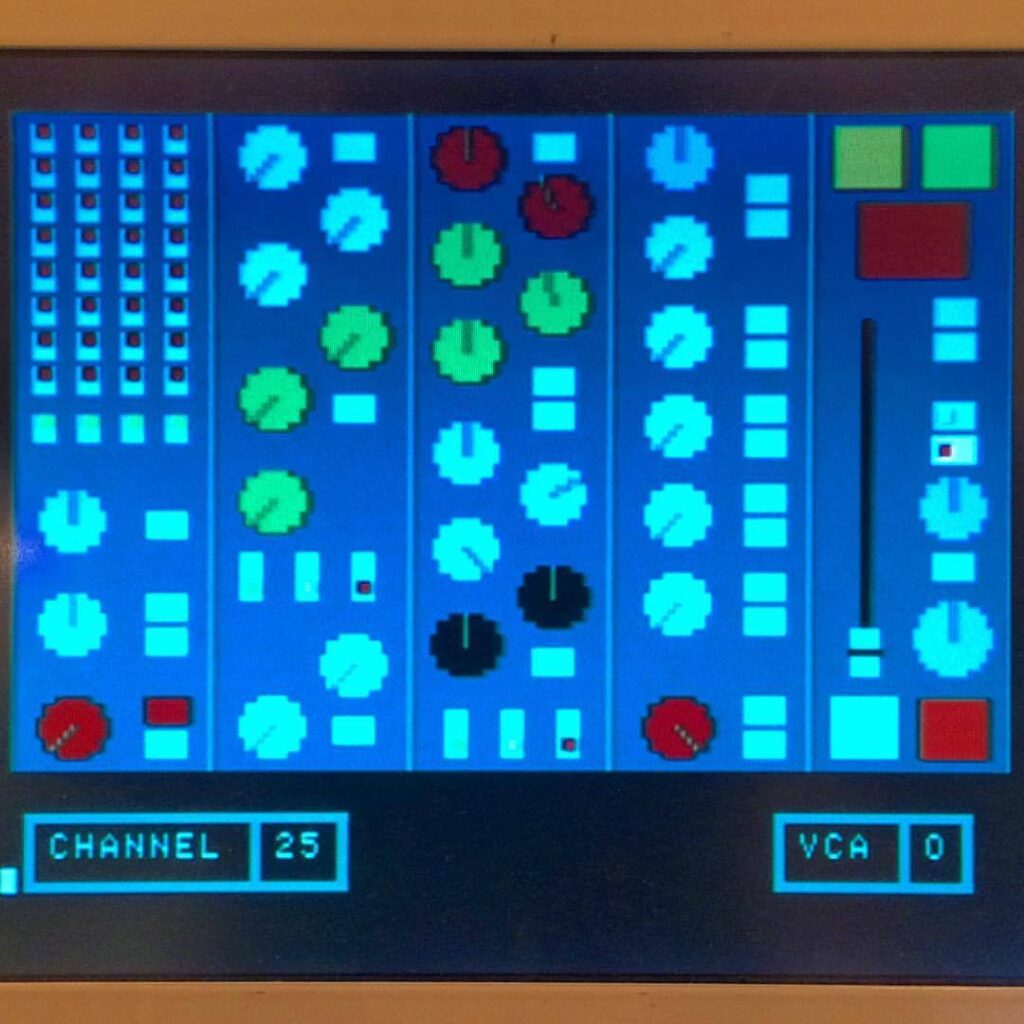- in Production by Bobby Owsinski
This Video Will Really Make You Appreciate Your DAW
If you look back to recording studios from the 1960s through the early 1980s, the centerpiece of the control room was generally a console with a brand like Neve, Trident, API, MCI or a variety of offshoots. Mixing was fairly easy in the days of 8 and even 16 track, but once it went to 24 and beyond, it became a challenge that required some level of automation for the faders and mutes.

The early automation systems by Allison Research were very primitive in that the automation data was printed to a track on the tape machine, and any updates were then printed to a second track. You kept bouncing back and forth between those two tracks, but every time you did, latency was introduced resulting in a noticeable lag as the faders moves and mute on/offs executed later and later, somewhat defeating the purpose of the automation. Oh, and the faders didn’t move either, so you were never sure if the automation on one channel was really working or not.
Enter SSL
When Solid State Logic introduced its 4000E series console in 1979, it contained an automation system that was surprisingly sophisticated for its time, even though its interface was rather primitive by today’s standards. This time, instead of using a pair of tape tracks to store the automation data, it used a pair of floppy discs instead (one for the computer system instructions and the other for session data).
While the 4000E had a Total Recall function that memorized the position of all the controls and switches of the console, what’s not appreciated is that Total Recall was actually a manual operation that would take a lot of time to reset. It could take an assistant a couple of hours, and that doesn’t include any of the outboard gear, which if not left up from the previous session, would also have to be manually reset. This was always a hassle because even though it looked like all the parameter controls were in the right place, it might not sound the same thanks to the analog nature of the devices.
That said, the 4000E has a reputation as being one of the best sounding of all SSL vintages, and this is evidenced by the number of channel strip emulation plugins now available, including one from SSL itself.
The video below shows former SSL product specialist Karen Down demonstrating the functions of the SSL recall and automation of the 4000E. You’ll marvel at both what it can do and how much an assistant had to know in order for a session to transpire.

